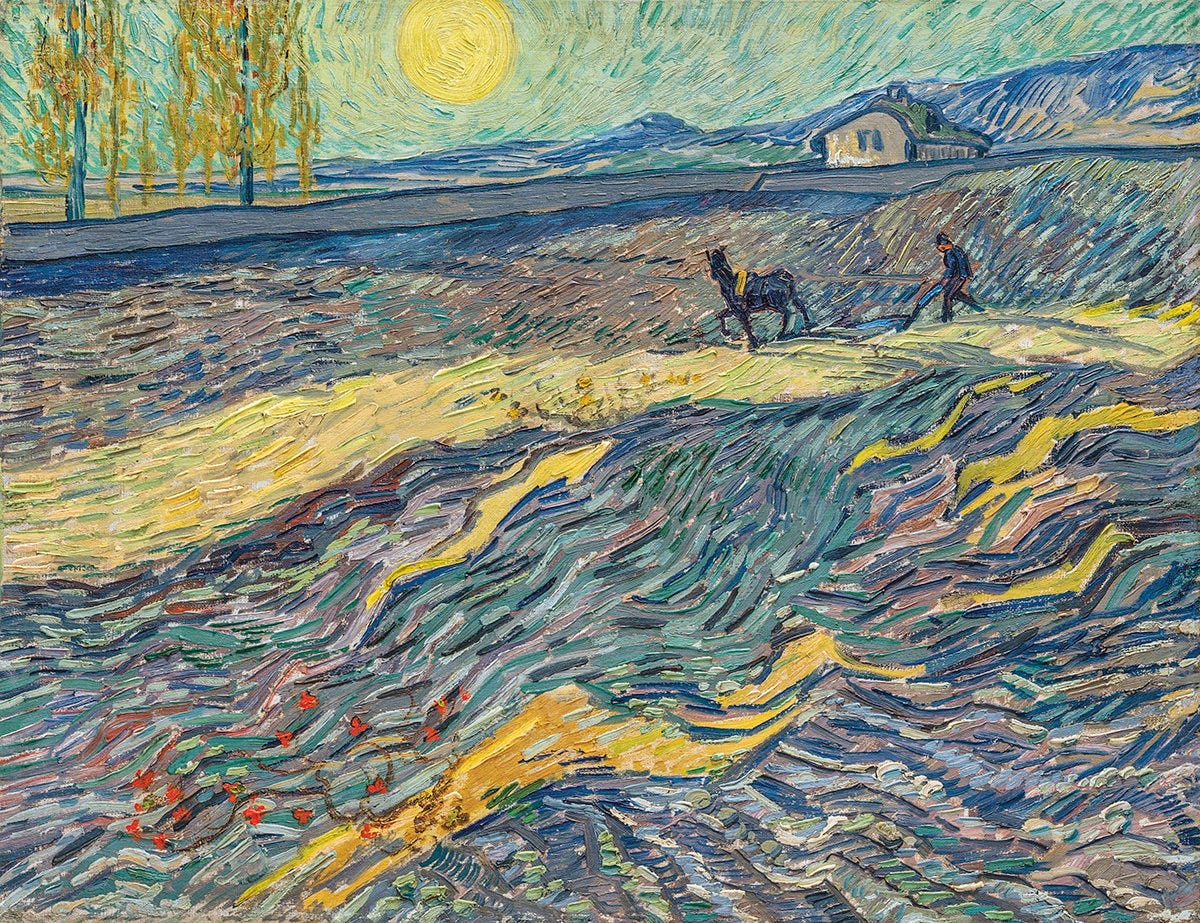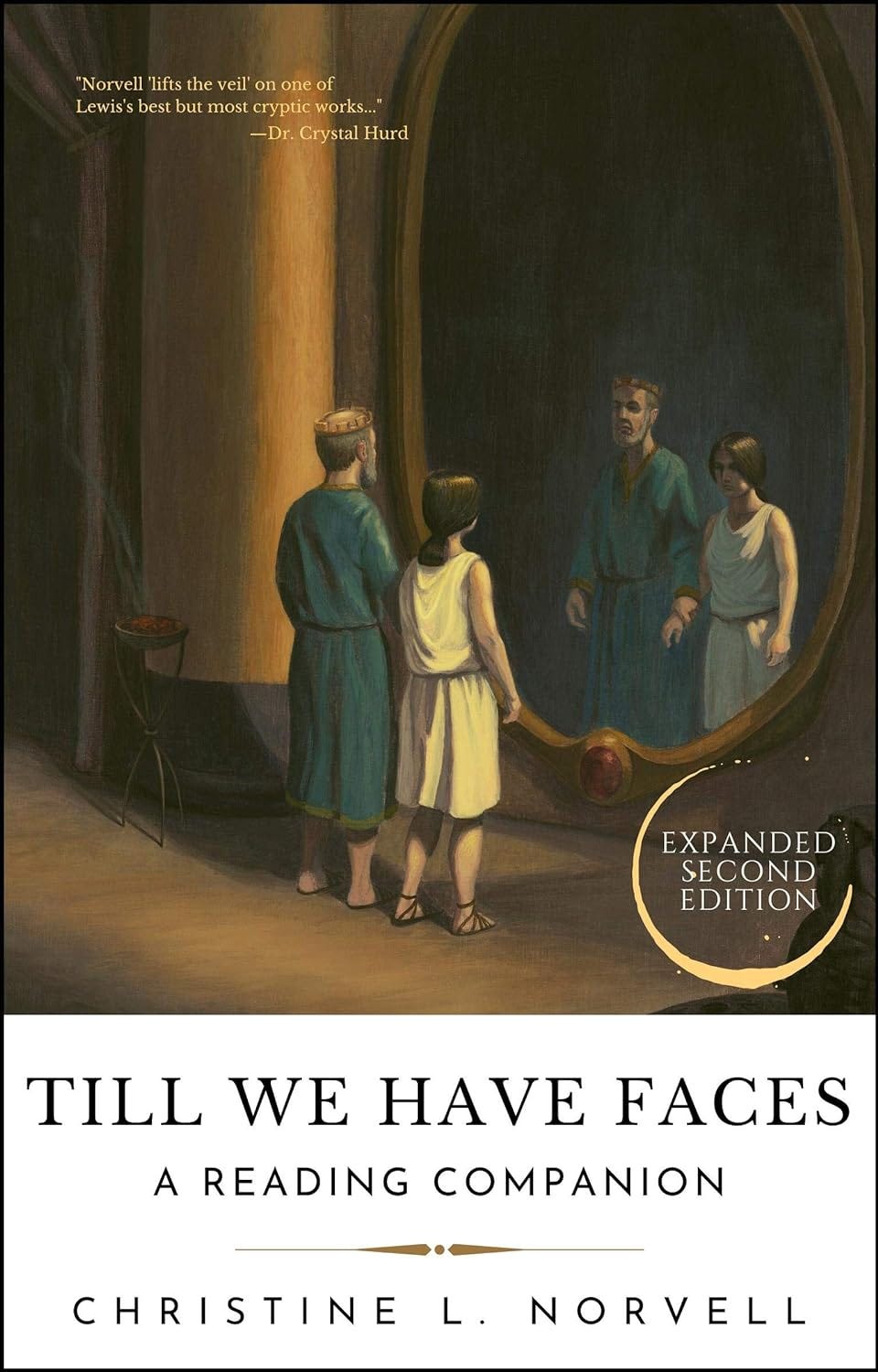I’ve made huge lists of everything I’ve done in my short life. I’ve accomplished so much, and I can show you my work, says Solomon.
It’s too familiar. For years, lists were a lifeline for me as a working mom, a salvation of things that would have been forgotten. I’ve accomplished so much, I think. But does checking things off mean something?
Perhaps it’s the age-old issue of doing versus being. Am I what I do? What does Solomon say about the work of a parent or the work of our day-to-day jobs? Is finishing something a true achievement? Or should I give in to the malaise of Solomon’s emptiness—Who will have control over all the fruit of my toil into which I have poured my effort and skill under the sun?
Whatever our society may say about work culture, none of us would deny the role of wisdom. We need it. We just might covet it at times, but I do wonder how many of us would reach the same conclusion Solomon did at the end of Ecclesiastes. How wise is it really to ask for wisdom?
I’ve been chewing on these questions of wisdom, work, and vocation for some time and so has
. I began reading his explorations more than five years ago. Though I’ve read several books on burnout, Malesic’s The End of Burnout: Why Work Drains Us and How to Build Better Lives is probably the best approach I’ve encountered. He defines it well but also offers the solution of the needed counterculture. More importantly, Malesic emphasizes that how we see work is everything. I heartily recommend it, whether you think you might suffer from overwork, the cult of productivity, or burnout!I’m polishing the rough edges this weekend but next week I’ll be presenting a workshop to teachers inspired by Malesic’s chapter, “Work Saints and Work Martyrs.” Maybe I’ll see you in Missouri at the Classical Christian education conference held at College of the Ozarks!
Around the web
This might be the year the art world illuminates hidden masterpieces. On January 3, The Art Newspaper published a short piece about a beautiful find in France, one that is not actually new. For ten years, art historians have worked to stitch together pictures of a medieval mural hidden behind the chorale walls in the Angers Cathedral. The story reveals that the paintings have been preserved over the centuries almost by chance. My 8th grade students enjoyed reading about it. More at “Medieval wall paintings hidden in a French cathedral revealed in digital imagery.”
On February 21, the BBC’s 'Something stirring beneath the surface': What eight ghostly portraits found hidden inside masterpieces reveal is a long-form article about what infrared imaging has revealed, in many cases, early sketches and portraits beneath famous oils.
For young and young-at-heart readers
Watercolorist Emily Lex recently posted a list of forty-eight favorite children’s books, including fun reads like The Day the Crayons Quit and Extra Yarn.
Living Book Press publishes out-of-print books for homeschooling families. Every month they feature two to three ebooks for free. This month they listed The Burgess Seashore Book, Greyfriars Bobby by Eleanor Atkinson, and The Story of the Greeks by H.A. Guerber.
On my desk
I am still toying with, that is, praying about, resubmitting my book manuscript to Wipf and Stock after their first offer last year. If you’re new to my letter, I am honing the idea that our life in Christ is like the tenacity of the sycomore-fig tree and how its fruit comes to maturity (see A Birth Announcement). My working title is now The Sycomore-Fig Tree: Lessons in Regeneration.
More delightful reads coming next month!
Let me know your work ideas, book stories, or poetry stories. What are you reading? What are you finding helpful? I would love to hear from you in your reading or classroom journey.
As always, thanks for reading and listening! Don't forget that the List Library at my website is always available to you, my readers.
Christine
Perfect for beginners, this handy study guide for C.S. Lewis's novel is a blend of summary and scholarly commentary. The second edition includes leading commentary from Lewis scholars as well as key parallels from Lewis’s other works like The Four Loves, Surprised by Joy, and An Experiment in Criticism. Each chapter includes discussion questions designed for students, teachers, book clubs, and church groups. Available at multiple online stores or at Amazon.






